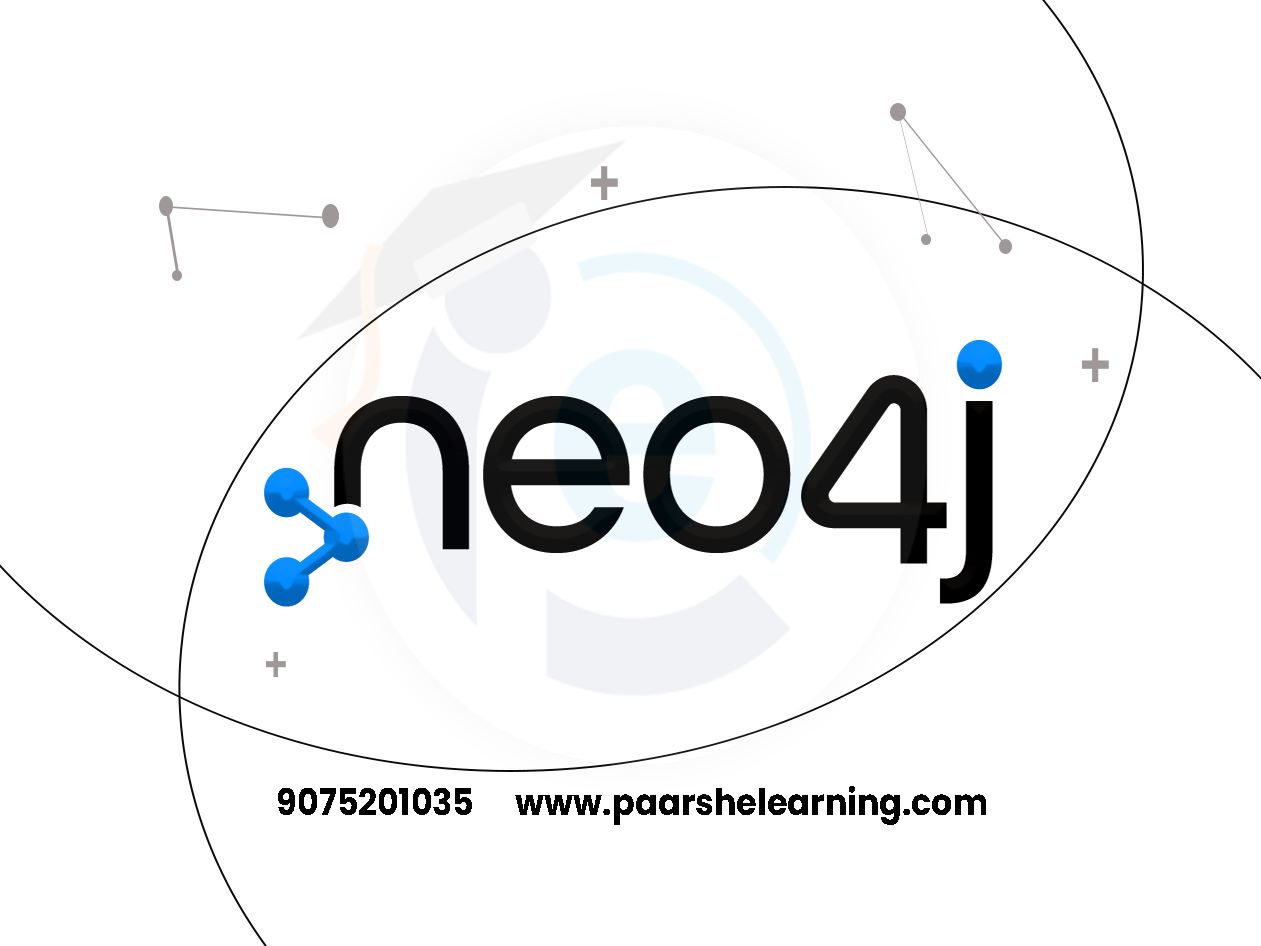- This course is specifically designed for beginners and covers the basics of SQLite. It covers topics such as database creation, querying, updating, and deleting data using SQL statements. The course includes hands-on exercises and practical examples to reinforce your learning.
- This course covers all the essential concepts, including database creation, table creation, inserting data, querying with SQL, updating and deleting data, and transactions.
- "Learning SQLite for iOS Development" and "Learning SQLite Programming" provide insights into using SQLite in the context of mobile app development. These courses cover SQLite basics, integrating SQLite into applications, and utilizing SQLite features effectively.
SQLite
Course description
SQLite is a popular open-source relational database management system (RDBMS) that is known for its simplicity, lightweight nature, and self-contained design. Unlike other database management systems, SQLite doesn't have a separate server process and operates directly on disk files. Here are some key aspects to know about SQLite:
-
Embedded Database: SQLite is designed as an embedded database engine, which means it is integrated into the applications that use it. It is suitable for scenarios where an application needs a local database without the need for a separate server process. SQLite libraries can be embedded in various programming languages, making it a versatile choice for application development.
-
Serverless Architecture: With SQLite, there is no need to install and configure a separate database server. The database resides in a single file on the disk, which can be accessed by the application. This simplicity and self-contained nature make it easy to deploy and manage.
-
ACID Compliance: SQLite ensures the ACID properties (Atomicity, Consistency, Isolation, Durability) for transactions. It supports transactional operations and provides mechanisms for data integrity and recovery.
-
SQL Support: SQLite supports a subset of the SQL language, providing a familiar interface for managing relational databases. It includes features like creating tables, inserting, updating, and deleting data, querying with SQL statements, and defining relationships between tables using foreign keys.
-
Cross-Platform Compatibility: SQLite is cross-platform and works on various operating systems, including Windows, macOS, Linux, and mobile platforms like Android and iOS. This makes it a versatile choice for application development across different environments.
-
Small Footprint: SQLite is designed to have a small memory and storage footprint. The database engine itself is lightweight, making it suitable for resource-constrained environments such as embedded systems or mobile devices.
-
Use Cases: SQLite is commonly used in applications that require a local database, such as mobile apps, desktop applications, embedded systems, and small-scale web applications. It is especially useful for scenarios where simplicity, portability, and ease of deployment are essential.
What you will learn from this course?
This course includes!
- Daily Live session
- A recorded session with problem-solving material
- Access on Mobile and TV
- Certificate of completion
- Recommendation Letter
This course is for
- Beginner SQL Developers
- Anyone interested in database design
- Professionals looking to use simple databases in their work
- Those candidates who are making their career in the IT field
Prerequisites for this course
- Basic Computer Knowledge
Sqlite Syllabus
-
Introduction To Relational Databases And Sqlite
Understanding relational databases and their applications Introduction to SQLite and its features Setting up SQLite: installation, configuration, and basic usage Overview of SQL and data manipulation languages
-
Data Definition And Manipulation In Sqlite
Creating and managing databases and tables in SQLite Defining data types, constraints, and keys Performing basic CRUD operations: Insert, Query, Update, Delete Retrieving and filtering data using SELECT statements
-
Advanced Query Techniques In Sqlite
Aggregation and summarization using GROUP BY and aggregate functions Advanced filtering with HAVING clauses Subqueries and correlated subqueries in SQLite Using joins for combining data from multiple tables
-
Indexing And Performance Optimization
Understanding indexes and their impact on query performance Creating and managing indexes in SQLite Query optimization techniques in SQLite Analyzing query plans and using EXPLAIN
-
Data Integrity And Transactions
Enforcing data integrity with constraints in SQLite Introduction to transactions and ACID properties Managing transactions using BEGIN, COMMIT, ROLLBACK Handling database errors and exceptions
-
Advanced Features And Extensions
Working with triggers for automating actions Using common table expressions (CTEs) for complex queries Introduction to full-text search using FTS5 extension User-defined functions (UDFs) in SQLite
-
Database Administration And Backup/restore
Managing databases and tables in SQLite Backing up and restoring SQLite databases Using the SQLite command-line shell for administration Security considerations and user access management
-
Real-world Applications And Final Projects
Practical applications of SQLite in mobile apps, desktop software, etc. Students work on individual or group projects applying SQLite to specific domains Instructor guidance and feedback during project development Final project presentations and evaluations
-
Encourage hands-on practice and projects throughout the course to reinforce students' understanding of SQLite concepts. Depending on the goals of the course, you can emphasize different aspects of SQLite, such as database design, querying, administration, performance optimization, or integration with other technologies. Make sure to cover both the theoretical foundations and practical implementation of SQLite.




